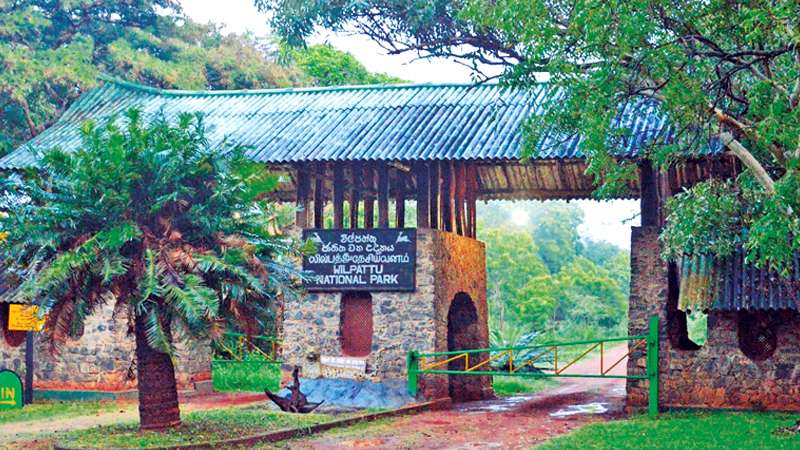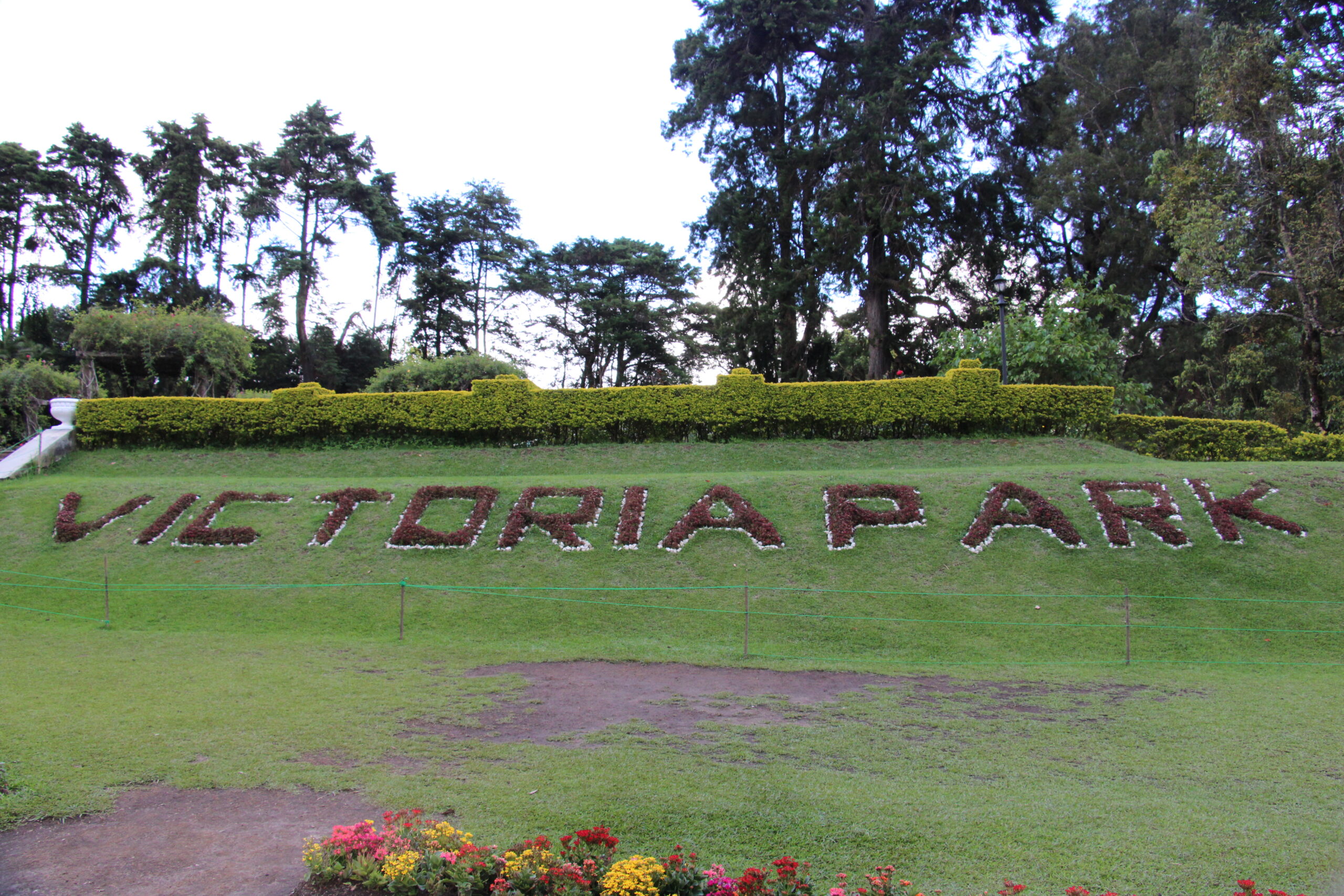Introduction
Nestled on the northwest coast of Sri Lanka, Wilpattu National Park stands as a pristine sanctuary of nature’s wonders. With its vast expanse of untamed wilderness and diverse wildlife, this national park offers a captivating experience for nature enthusiasts and wildlife lovers. In this article, we will explore the beauty and significance of Wilpattu National Park, delving into its history, ecosystem, attractions, and conservation efforts.
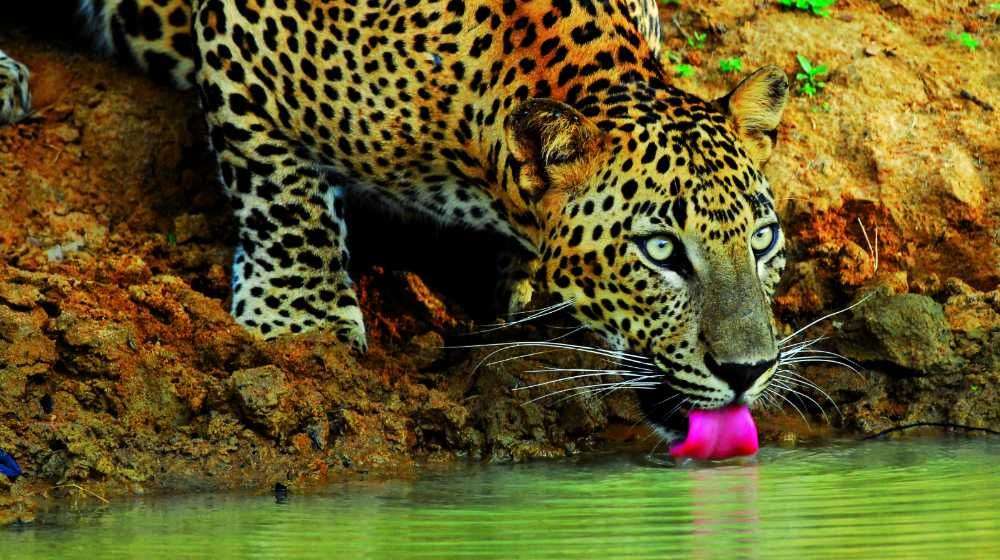
Table of Contents
- History of Wilpattu National Park
- Biodiversity and Ecosystem
- Notable Wildlife in Wilpattu National Park
- Exploring the Park: Safari Adventures
- Cultural and Historical Significance
- Conservation Initiatives and Challenges
- Best Time to Visit Wilpattu National Park
- Accommodation Options near the Park
- Essential Tips for Visitors
- Exploring Beyond Wilpattu: Nearby Attractions
- The Future of Wilpattu National Park
- Conclusion
- FAQs (Frequently Asked Questions)
History of Wilpattu National Park
Wilpattu National Park holds a rich historical background, with evidence of human settlements dating back to the 5th century BCE. It served as a hunting ground for ancient Sri Lankan kings and was officially designated as a national park in 1938. However, during the country’s civil war, the park suffered from neglect and environmental damage. Thanks to subsequent conservation efforts, it has been restored to its former glory.
Biodiversity and Ecosystem
Wilpattu National Park encompasses a vast area of approximately 1,317 square kilometers, making it the largest national park in Sri Lanka. The park’s landscape is characterized by dense forests, scrublands, and numerous natural lakes known as “villus.” These villus play a crucial role in supporting the park’s diverse ecosystem by providing water sources and attracting a wide range of wildlife.
Notable Wildlife in Wilpattu National Park
The park’s thriving biodiversity is a testament to its ecological significance. Wilpattu National Park is home to a diverse array of wildlife, including iconic species such as the Sri Lankan leopard, Asian elephant, sloth bear, water buffalo, and mugger crocodile. The park also boasts an impressive bird population, with over 200 species recorded, including migratory birds that visit during the winter months.

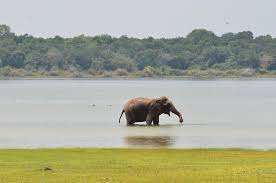
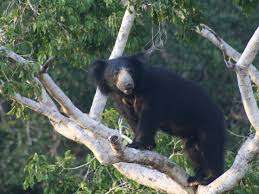

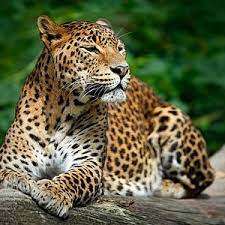
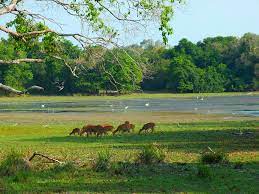
Exploring the Park: Safari Adventures
Embarking on a safari in Wilpattu National Park is an adventure like no other. Visitors have the opportunity to witness the park’s majestic creatures in their natural habitat. The park offers various safari options, including jeep safaris and walking safaris, allowing visitors to immerse themselves in the park’s untamed beauty and capture breathtaking photographs of wildlife encounters.



Cultural and Historical Significance
Wilpattu National Park is not only a sanctuary for wildlife but also holds cultural and historical importance. The park is scattered with ancient ruins and sacred sites, including the “Kudiramalai Point” where Lord Buddha is believed to have visited. Exploring these remnants of the past adds an extra layer of fascination to the overall experience of visiting the park.



Conservation Initiatives and Challenges
Conservation efforts play a vital role in preserving the natural heritage of Wilpattu National Park. Various organizations and governmental bodies work together to safeguard the park’s delicate ecosystem, combat illegal activities, and promote sustainable tourism. However, challenges such as deforestation, poaching, and encroachment still pose threats to the park’s conservation efforts, calling for continued vigilance and support.
Best Time to Visit Wilpattu National Park
The best time to visit Wilpattu National Park is during the dry season, which extends from February to October. During this period, the vegetation is less dense, and animals gather near the villus, making it easier to spot wildlife. It is advisable to check the weather conditions before planning a visit and to book safari tours in advance to ensure availability.
Accommodation Options near the Park
For those planning a visit to Wilpattu National Park, there are several accommodation options available nearby. From luxury resorts to cozy guesthouses, visitors can choose from a range of options to suit their preferences and budget. Staying in close proximity to the park allows for early morning safaris and maximizes the time spent exploring the natural wonders it offers.
Essential Tips for Visitors
- Wear comfortable and breathable clothing suitable for outdoor activities.
- Carry sunscreen, insect repellent, and a hat to protect yourself from the sun.
- Bring binoculars and a camera to capture the park’s awe-inspiring wildlife and landscapes.
- Follow the instructions of your safari guide and maintain a respectful distance from the animals.
- Do not litter or disturb the natural environment; help preserve the park’s beauty for future generations.
Exploring Beyond Wilpattu: Nearby Attractions
While Wilpattu National Park is a destination in itself, there are other attractions worth exploring in the surrounding areas. One such place is the sacred city of Anuradhapura, a UNESCO World Heritage Site famous for its ancient ruins and Buddhist temples. The coastal town of Kalpitiya is also nearby, offering opportunities for dolphin and whale watching, snorkeling, and kiteboarding.
The Future of Wilpattu National Park
As Wilpattu National Park continues to thrive and attract visitors from around the world, its future lies in the hands of sustainable tourism practices and conservation efforts. It is essential to strike a balance between preserving the park’s natural heritage and providing a memorable experience for visitors. By supporting responsible tourism and raising awareness about its significance, we can ensure the long-term survival of this remarkable wilderness.
Conclusion
Wilpattu National Park is a true gem of Sri Lanka, where nature’s beauty and wildlife reign supreme. From its intriguing history to its vibrant ecosystem, every aspect of this national park leaves a lasting impression on those fortunate enough to explore its grounds. By venturing into the heart of Wilpattu, visitors can discover the untamed wonders of Sri Lanka’s wilderness and create memories that will linger in their hearts forever.
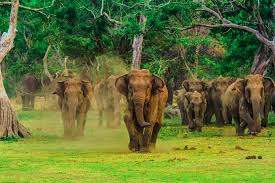
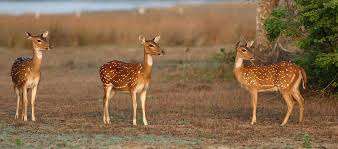
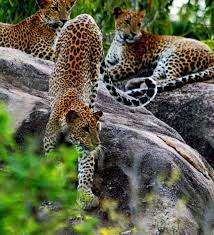
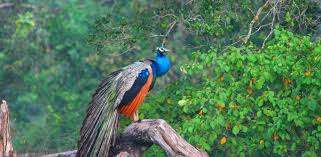
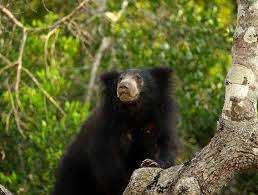
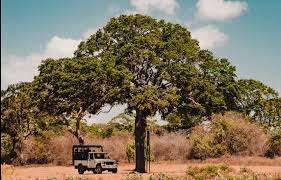
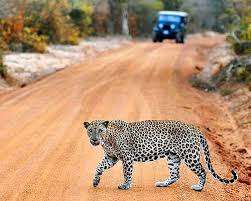

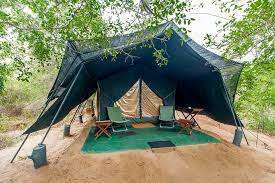
FAQs (Frequently Asked Questions)
- Is Wilpattu National Park safe for visitors?
- Yes, Wilpattu National Park is safe for visitors as long as they follow the instructions of their safari guide and adhere to park regulations.
- Can I see leopards during a safari in Wilpattu National Park?
- Yes, Wilpattu National Park is known for its leopard population, and there is a chance of spotting these elusive creatures during a safari.
- Are there any accommodation options inside the national park?
- No, there are no accommodation options inside Wilpattu National Park. However, there are several resorts and guesthouses available nearby.
- What is the significance of the villus in Wilpattu National Park?
- The villus in Wilpattu National Park serve as vital water sources and attract a diverse range of wildlife, making them important for the park’s ecosystem.
- How can I contribute to the conservation of Wilpattu National Park?
- You can contribute to the conservation of Wilpattu National Park by supporting sustainable tourism practices, spreading awareness about its significance, and avoiding any activities that may harm the park’s ecosystem.

